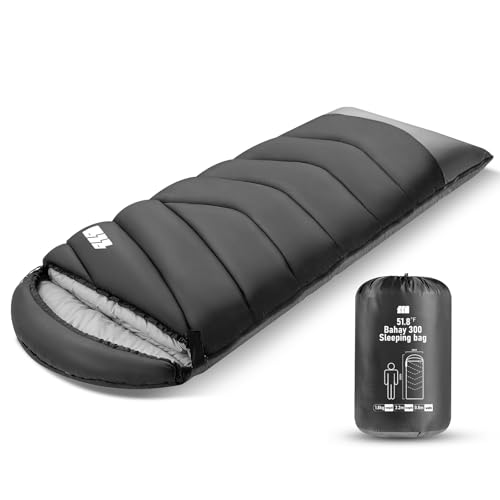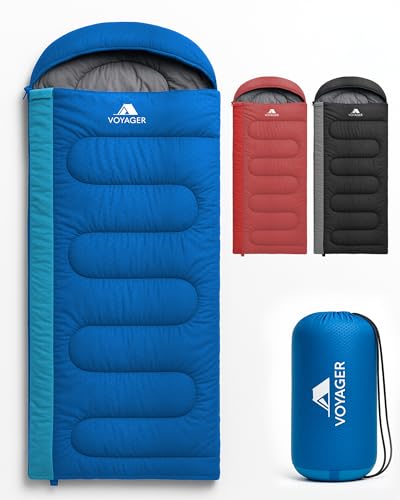Are Down Sleeping Bags Warmer Than Synthetic?
Sleeping bags are an essential piece of equipment for any outdoor enthusiast. They provide insulation and help keep you warm during cold nights. When it comes to choosing a sleeping bag, one of the most important factors to consider is its ability to keep you warm. A common debate in the outdoor community is whether down or synthetic sleeping bags are warmer. Let’s explore the differences between the two and find out which one is warmer.
The Warmth of Down Sleeping Bags
Down sleeping bags are filled with the soft and fluffy feathers found near the skin of ducks and geese. These feathers have excellent insulating properties, making down sleeping bags highly effective at trapping heat and providing warmth. The structure of down creates tiny air pockets that capture and retain body heat, making it an excellent choice for cold weather camping.
Down sleeping bags have a high warmth-to-weight ratio, meaning they offer superior warmth without adding a lot of bulk or weight to your backpack. Additionally, down insulation is highly compressible, allowing you to pack the sleeping bag into a compact size without compromising its insulating capabilities.
The Insulation of Synthetic Sleeping Bags
Synthetic sleeping bags, on the other hand, are filled with man-made fibers such as polyester. These fibers are designed to imitate the insulating properties of down. Synthetic insulation is less effective than down when it comes to weight-to-warmth ratio, but it does offer some advantages.
One of the main benefits of synthetic insulation is its ability to maintain warmth even when wet. Unlike down, which loses its insulating properties when exposed to moisture, synthetic fibers continue to provide some level of warmth even in damp conditions. This feature makes synthetic sleeping bags a popular choice for humid climates or water-based activities.
Which One Is Warmer?
Overall, down sleeping bags are considered to be warmer than synthetic sleeping bags. The natural properties of down, such as its ability to create insulating air pockets and its high warmth-to-weight ratio, give it the edge in terms of warmth. Down sleeping bags are particularly well-suited for cold and dry environments.
However, it is important to note that the specific warmth of a sleeping bag depends on various factors apart from insulation. The design of the bag, the construction of the baffles, and the quality of materials used also play a significant role in determining how warm the bag will be. Additionally, personal preferences and body types can affect the perception of warmth.
Considerations When Choosing a Sleeping Bag
When choosing between down and synthetic sleeping bags, you should consider several factors beyond warmth. Down sleeping bags tend to be more expensive than synthetic ones and require more delicate care to maintain their loft and insulation properties.
Synthetic sleeping bags, on the other hand, are often more affordable and easier to care for. They are also a suitable choice for those with animal welfare concerns, as down is sourced from animals.
Ultimately, the choice between down and synthetic sleeping bags depends on your specific needs and preferences. If you prioritize warmth in cold and dry conditions, a down sleeping bag may be the better option for you. However, if you expect damp or wet camping conditions, synthetic sleeping bags may be a more practical choice.






